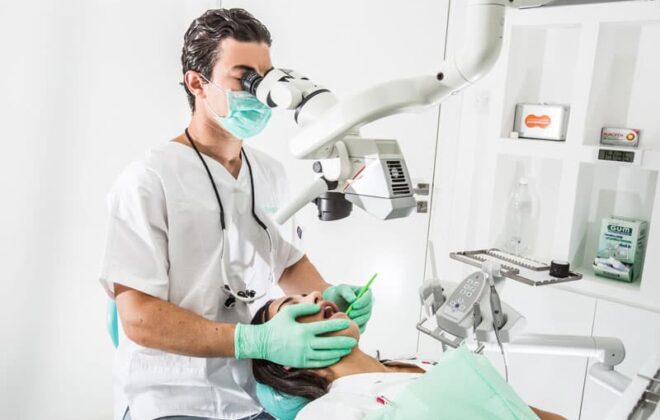Do I Need Antibiotics after Root Canal?
Root canal therapy involves removing an infected or diseased part of a tooth and saving it from extraction. A dentist or endodontist performs root canal therapy by removing the pulp of an infected tooth, cleaning the root canal, and ultimately re-filling the space with synthetic material. Although root canal therapies have a terrible reputation for being excruciatingly painful, the fact is that advancements in dentistry in the last few years have made root canal therapy tolerable when it comes to pain.
Antibiotics are not absolutely necessary after a root canal. After a root canal, you need very little time to recover, and post-operative care is the best way for fast healing. However, a dentist may recommend antibiotics before root canal to improve the chances of a successful outcome. At times, a dentist may also prescribe non-steroidal, anti-inflammatory medications such as ibuprofen or naproxen.
While talking about antibiotics, it is essential to know about antibiotic resistance. The medical community is worried that antibiotic resistance could become the next big epidemic and wreak havoc. Thus, there has been a growing acknowledgment about the need to abstain from prescribing antibiotics for minor problems, and a root canal recovery timeline is no exception.
Guidelines for Care after a Root Canal Therapy
It is normal to feel sensitivity and pain for two to three days after a root canal procedure. Moreover, slight swelling around the mouth is a part of the natural healing process. Some of the things that you should take care of include.
- Avoid consuming hard foods until the numbness caused by local anesthesia disappears
- Avoid chewing brittle foods until your dentist entirely restores the tooth
- Make sure to brush and floss normally
- Avoid extremely hot or cold foods and beverages for a day or two after the root canal therapy.
Schedule your appointment with at York Hill Endodontics today and get the treatment on time! Click here to contact our office or call 416-781-5251.
Article originally appeared at: https://www.smilepointdental.com/
Author: Smilepoint Dental



